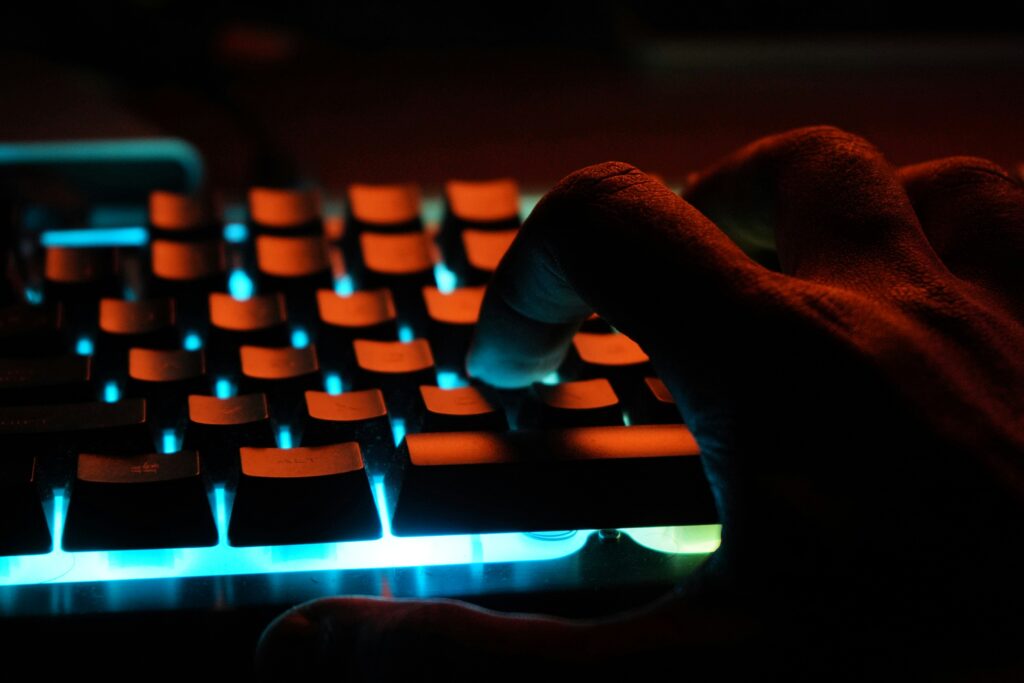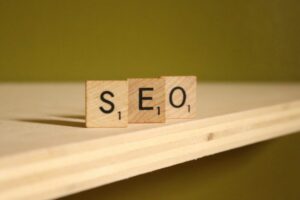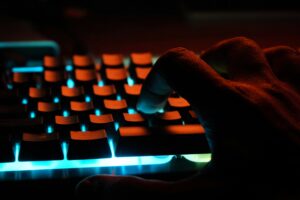Did you know that artificial intelligence is now being used to create original works of art? That’s right, machines are not just crunching numbers and making decisions anymore – they are also tapping into their creative side.
In recent years, AI algorithms have been trained to analyze artistic styles, learn patterns, and generate new pieces of art that mimic the works of renowned artists such as Van Gogh, Picasso, and even create original masterpieces. This intersection of technology and art has sparked debates within the art world about the authenticity of AI-generated art and its impact on traditional forms of artistic expression.
According to a recent study by the Oxford Internet Institute, nearly 40% of art professionals believe that AI-generated art will have a significant impact on the art market in the next decade. Some see this as an exciting opportunity to push the boundaries of creativity and explore new artistic possibilities, while others worry about the dehumanization of art and the loss of human touch in the creative process.
As we navigate this brave new world where machines are flexing their artistic muscles, one thing is clear – the integration of AI in the art world is not just a passing trend, but a transformative force that challenges our understanding of creativity and raises important questions about the role of technology in shaping the future of art and society at large.



